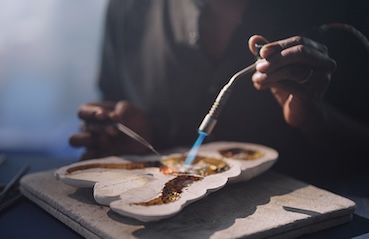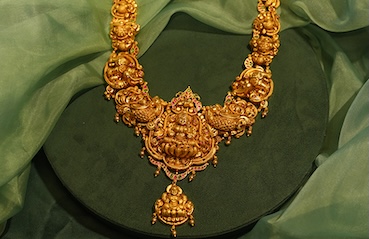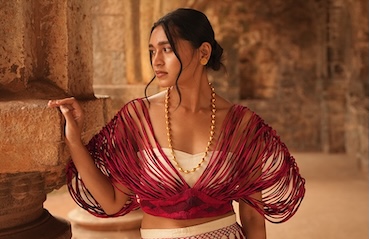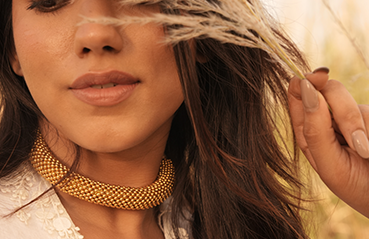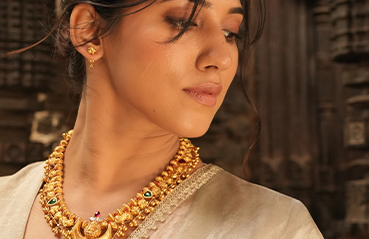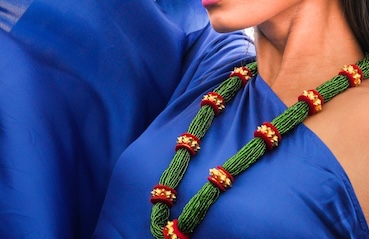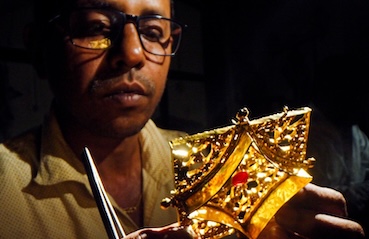Published: 11 Sep 2018
The origin and history of art of Meenakari
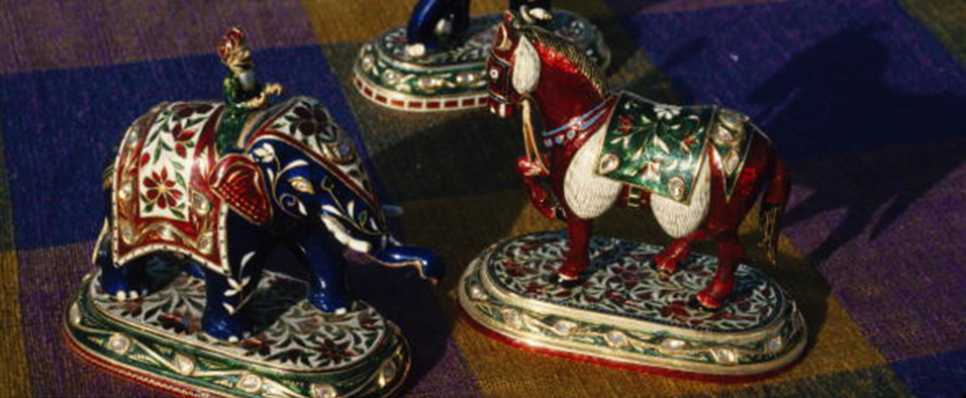
Colour in jewellery adds an element of vibrancy that can elevate any look, be it for casual purpose or reserved for special occasions.
Gold is preferred for enamelling as it can hold the enamel better than any other metal, and gold’s natural sheen brings out the colours beautifully.
One extremely popular enamel art in India is meenakari, which involves embellishing the surface of gold with beautiful colours to enhance its radiance. Simply put, the metal jewellery surfaces are painted, decorated, and fired in a kiln where the colours fuse and harden to produce an object of beauty.
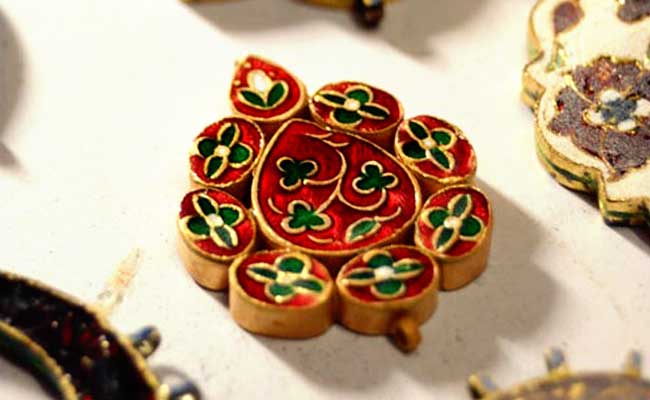
Read more about the origin and history of the skilful Mughal art of Meenakari.
Seen mostly on the back of jadau and kundan jewellery, this opulent art is highly detailed and extremely eye-catching. Let’s look at the intricacies of this art form.
Types of meenakari
Meenakari is not only used to create traditional jewellery, but also decorative items such as keychains, vases, bowls, wall pieces and more. There are mainly two types of meenakari art, called the ‘Ek rang khula’ and the ‘Panchrangi meena’. The former makes use of a single enamel colour and is more commonly used in creating bridal jewellery, while the latter uses a combination of five colours for a more traditional look.
Ek rang khula style bracelet
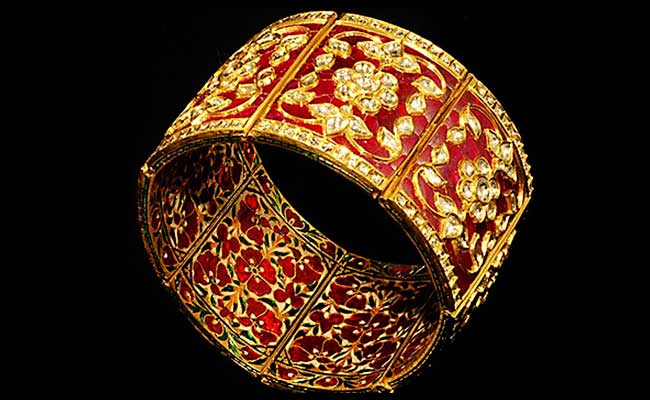
The process of enamelling
Since enamelling is a complex process, every single piece of jewellery is passed through several experts before it nears completion. The process starts with a highly skilled chitera (designer) who prepares the design and sends it to the sonar (goldsmith), who along with the help of the kalamkar (engraver) engraves the design. The meenakar then fuses the metal with the enamel.
The piece is finally polished by the ghotnawala (polisher) and passed on to the hands of the kundansaaz (stone setter), who sets the kundan, if any. Finally, the product is handed to the patua (stringer) to add the final touches, and this completes the extensive meenakari process.
The piece is then kept in the furnace and fused or hardened. Once the colours are secured over the metal, it is rubbed and cleaned with a mixture of lime and tamarind to bring out the lustre.
The science behind the colours used for enamelling
Metal oxides are used as enamel colours, mixed with a perfect amount of powdered glass. The oxide controls the hue of the colour obtained; these mixtures don’t show the actual shade in their raw form until they are put in the furnace. These colours are sourced from either Amritsar in India or from France or Germany.
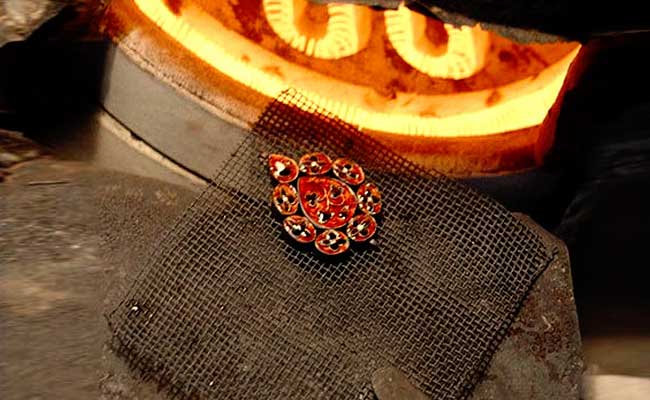
Although introduced to Rajasthan by the Mughals, meenakari has grown to become a significant art form used extensively in jewellery and home décor items across India. So much so that various Indian cities, including Lucknow, Punjab, Banaras and Jaipur have developed their own style of enamelling and are known worldwide for their magnificent creations.
